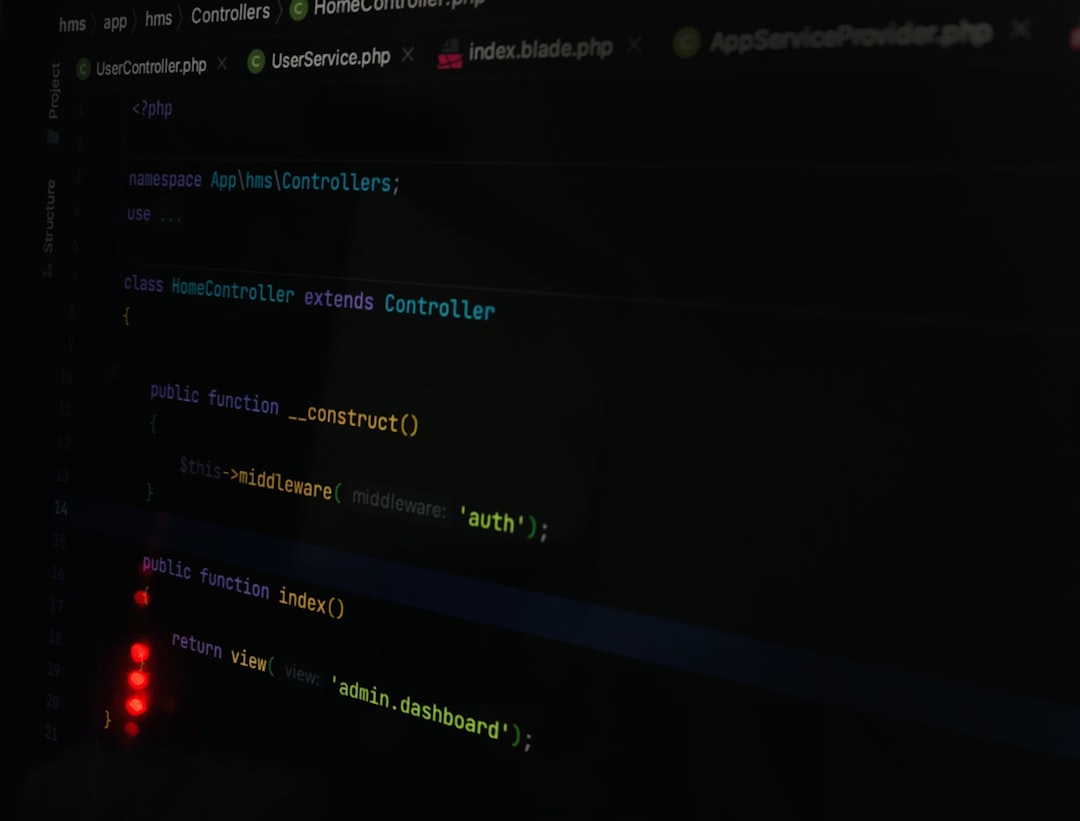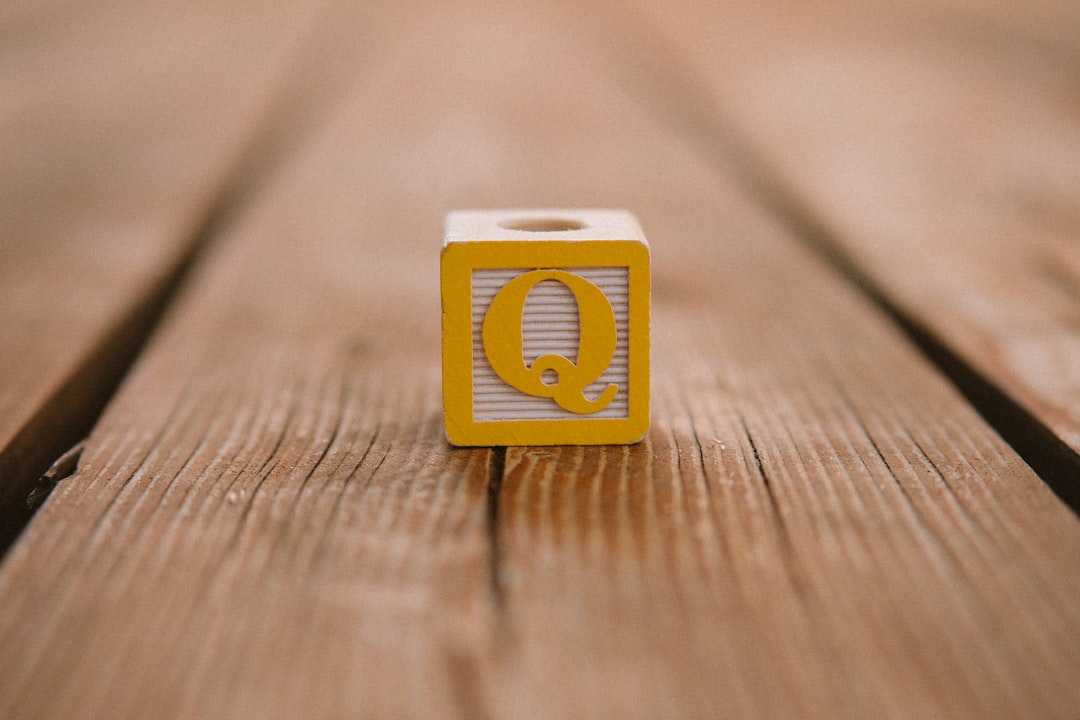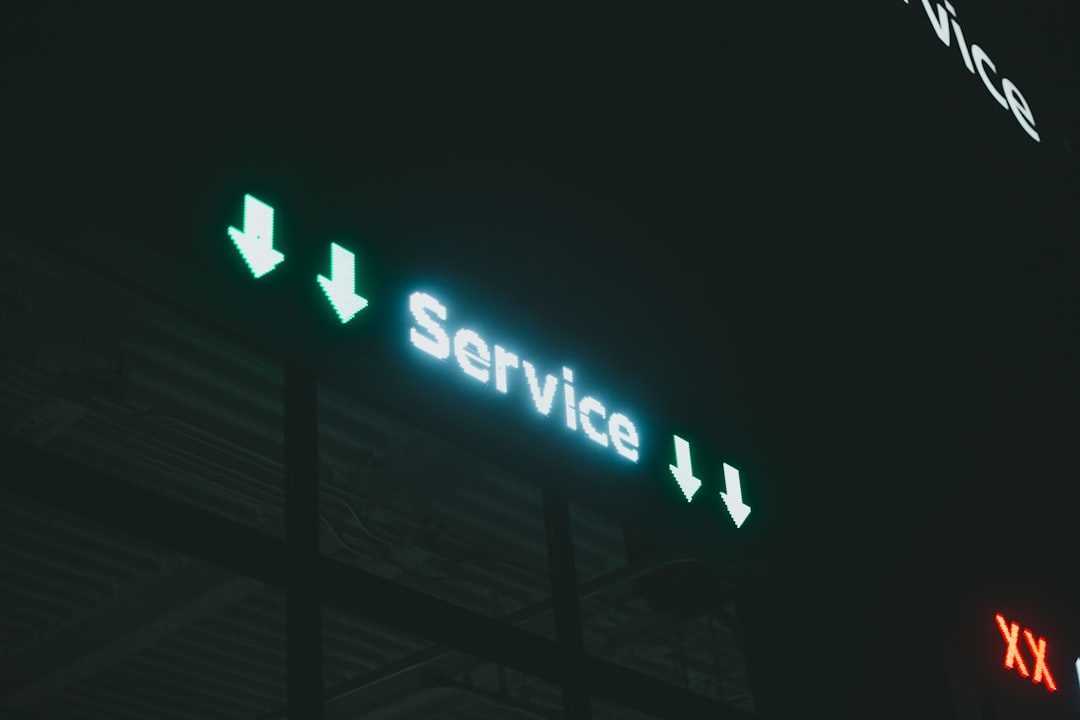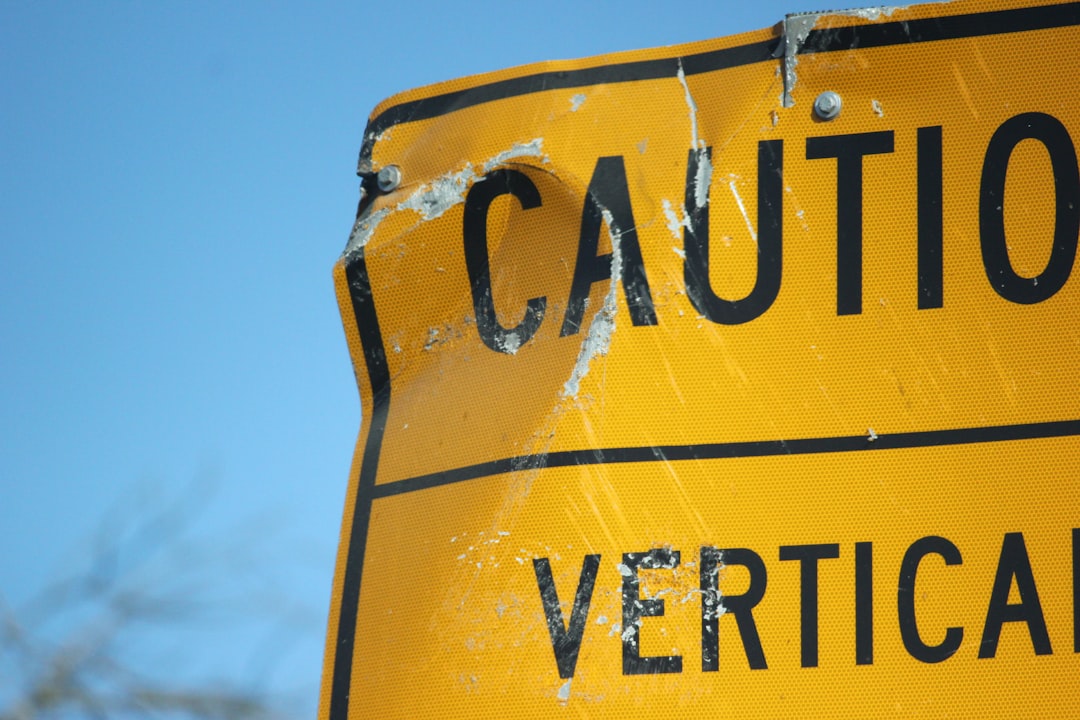

Engage prospects with a scan and streamline customer engagement with FREE QR code marketing tools by Sona – no strings attached!
Create a Free QR CodeFree consultation

No commitment

Engage prospects with a scan and streamline customer engagement with FREE QR code marketing tools by Sona – no strings attached!
Create a Free QR CodeFree consultation

No commitment
Check verification services are undergoing a digital revolution as organizations seek secure, efficient, and scalable ways to authenticate transactions and manage visitor flows. Traditional paper-based verification, manual check-ins, and physical documentation are not only slow but also susceptible to human error and fraud, often causing high-value prospects or visitors to fall through the cracks entirely. Businesses frequently struggle with incomplete records, missing those who interact but never submit a form, which results in lost opportunities and untracked engagement.
QR codes represent a forward-thinking solution, bridging the divide between physical proof points such as event registrations or product authenticity and digital workflows that are auditable and secure. By eliminating the need for manual data entry, QR codes reduce the risk of data loss and give organizations visibility into previously anonymous visitor actions. Whether used for dynamic documentation sharing, digital credential validation, or seamless visitor management, QR codes create a modern bridge between on-site activities and credible, standardized data capture without requiring visitors to download an app.
By leveraging the speed, flexibility, and intelligence of QR-based verification tools, check verification services can capture every intent signal, drive higher conversion rates, surface previously hidden engagement opportunities, and unlock new operational efficiency. The following sections explore how these technologies are transforming the sector, discuss common pitfalls of legacy approaches, and outline best practices for implementing QR codes to ensure no valuable prospects are missed and every touchpoint is measurable.

QR codes bridge the gap between traditional analog verification processes and instant digital confirmation. For many check verification providers, missed high-value prospects occur when interactions at events or physical locations never make it into a CRM or case management platform. QR-based workflows reduce that leakage by converting every on-site moment into a captured signal with the identity, context, and consent needed to take next steps.
Modern check verification services can use QR codes to validate identities, track attendance, and share sensitive documents securely in real time. The result is less time spent chasing paperwork, fewer manual errors, stronger compliance controls, and decision-ready data that drives conversions. Platforms like Sona QR help teams deploy these campaigns quickly while centralizing code management, analytics, and CRM sync.
By deploying a unified QR-enabled verification platform, check verification services gain a dependable stream of structured data from offline touchpoints. That data amplifies marketing effectiveness, accelerates risk assessment, and improves the customer experience with less friction and greater transparency.

Check verification often involves multiple physical-to-digital handoffs that introduce friction and data loss. Appointment slips get misplaced, walk-ins do not always complete forms, and mailed materials rarely translate into measurable engagement. QR codes optimize these handoffs by making every step scannable, traceable, and configurable without requiring app downloads.
They also speed up the journey from curiosity to conversion. Instead of expecting a visitor to type a URL or return later, a QR code invites instant, verified action. For teams responsible for compliance and risk management, this speed is matched by trackability and auditability, providing a verifiable record of who scanned, where, and when.
In practice, teams place QR codes on visitor badges to log entries, on warranty cards to validate products post-sale, and on training certificates for credential confirmation. The net effect is more trust and transparency, and the ability to identify where prospects drop off or signal future intent. This visibility was largely out of reach with legacy verification systems that relied on paper and manual transcription.

Different verification scenarios call for different QR formats. Choose the format that best matches the action you want the user to take, the sensitivity of the data, and your tracking needs. In check verification, the most effective formats turn passive materials into active entry points for identity confirmation, documentation, and support.
Dynamic QR codes are especially useful in this sector because they allow you to update links and capture analytics even after printing. However, static codes still have a role for simple, low-risk use cases such as temporary passes or quick links that will not change. The right mix helps you control cost while maximizing agility.
As a rule of thumb, use dynamic QR codes when you need analytics, retargeting, or flexibility to change content. Use static codes when you are confident the destination will not change and the risk is low. For high-value verification scenarios, dynamic codes paired with Sona QR provide measurable engagement and the agility to adapt as requirements evolve.

Growth in check verification services is often constrained by incomplete or outdated data. Missed check-ins, untracked document access, and confusion at the point of entry all contribute to churn and lost revenue. QR codes correct these gaps by making offline-to-online moments measurable and actionable.
Start by mapping the customer journey to identify where intent goes unrecorded. Look for signage that sends people to a homepage instead of a dedicated flow, printed brochures that contain no trackable links, or in-person interactions that rely on manual logs. These are ideal placements for QR codes that guide action and capture context.
These placements do more than capture traffic. They reveal which channels and messages drive verified actions, enabling you to double down on what works and rework what does not. For measurement strategy, see Sona’s offline attribution guide.
QR codes excel when they convert passive interest into verified action. In check verification, the highest-impact use cases focus on reducing manual friction, improving data quality, and creating clear audit trails for compliance.
In each scenario, the QR code is more than a link. It is a behavioral signal that identifies stage, intent, and urgency. When connected to your CRM or case management system through platforms like Sona QR, these signals become the backbone of targeted follow-ups and lifecycle automation.
These use cases create measurable outcomes such as shorter queues, higher completion rates for forms, improved fraud detection, and an increase in pipeline attributed to in-person interactions. They also reduce staff workload by replacing redundant manual steps with guided, self-serve flows.
Each QR code scan is a signal that carries context and intent. By deploying multiple codes across your journey, you can automatically tag scanners, segment them by behavior, and deliver retargeting and follow-up tailored to their needs. This approach turns scattered touchpoints into a connected funnel with granular attribution.
In check verification services, audience distinctions often map to role, risk profile, and lifecycle stage. Segmenting by these dimensions creates sharper messaging and better conversion performance. With Sona QR, these segments sync to tools like HubSpot, Salesforce, and ad platforms so you can act on them instantly. Sona is an AI-powered marketing platform that turns first-party data into revenue through automated attribution, data activation, and workflow orchestration. For tactical targeting, see Sona’s playbook intent-driven retargeting.
For this sector, consider distinct audiences such as first-time event scanners, repeat document uploaders, verified merchants, and enterprise partners who attend multiple sessions. Tailor language and offers to each segment to accelerate conversions and strengthen long-term relationships.
Check verification success depends on seeing the entire customer journey, not just isolated transactions. Many programs miss critical engagement signals because systems are disconnected and analytics are generic. QR codes unify offline and online touchpoints by making every physical asset an onramp to a measurable digital flow.
To maximize impact, integrate QR codes into the materials you already use. Prioritize surfaces with high attention and clear intent, then ensure that the destination delivers a seamless experience. A centralized platform like Sona QR lets you manage all codes, monitor performance, and sync data with your CRM and ad tools.
QR codes are the offline onramp to your digital marketing engine. They also unlock a new layer of measurement across channels that were once hard to attribute. When paired with Sona QR, teams can coordinate campaigns across media, gain real-time insights, and react quickly to high-intent signals.
The most effective QR programs start with a clear goal and end with measurable results. Use the following steps to plan, launch, and optimize a QR initiative that supports secure, efficient verification and drives conversions.
Map the touchpoints where you currently lose visibility or momentum. Then align each QR code with a specific business outcome and a destination designed to fulfill it. As you iterate, rely on scan analytics to refine creative, placement, and follow-up.
Begin by identifying the friction points you want to eliminate. Common goals include speeding up event check-ins, capturing walk-in traffic at branches, converting brochure readers into document uploads, and verifying products post-purchase. Articulate a single primary outcome for each deployment so your creative, CTA, and destination align.
For example, at a financial services conference, your goal might be to drive demo requests for your check verification API. On-site, place a bold code with a clear CTA such as Scan to book a 10-minute solution walkthrough. In branches, you might use Scan to submit documents securely to reduce queue time and manual processing.
Choose static or dynamic codes based on your need for updates and analytics. Static codes work for fixed destinations such as a PDF brochure. Dynamic codes let you track scans, change destinations without reprinting, and run A/B tests on landing pages or offers. For verification flows where compliance and measurement matter, dynamic is the safer default.
Consider destination security when selecting the type. Sensitive flows should route through short-lived, authenticated links with role-based access. Solutions like Sona QR support dynamic destinations, access controls, and campaign-level analytics that make optimization straightforward.
Design your QR for clarity and trust. Add your logo, use brand colors, and include a descriptive frame such as Scan to verify identity or Scan to upload documents securely. Place the code at eye level with sufficient white space and ensure there is written context so visitors know what they will get.
Test on multiple devices and in real environments. Check scannability at different distances, angles, and lighting conditions. Validate that the destination loads quickly, looks great on mobile, and matches the promise nearby. Breakdowns at peak times reduce trust and hurt conversion, so test thoroughly before launch.
Roll out codes where missed engagement is most costly. For events, print on badges, booth signs, and session slides. For branches, add to front-desk placards, kiosks, and appointment cards. For product authentication, print on packaging, warranty cards, or device labels with tamper-evident placement.
Match placements to behavior and context. A code on a door needs a large size and a short, bold CTA. A code on a brochure can be smaller but should appear near the relevant section. For direct mail, personalize the destination so scanners see information that reflects their account type or location.
Instrument your campaigns with analytics from day one. Use UTM parameters to track source, medium, and creative. Monitor scan volume, devices, locations, and completion rates for the linked actions. Compare performance across placements so you know which channels yield the highest intent.
Optimize iteratively. A/B test headlines, colors, frames, and destinations. Adjust CTA language to reduce friction. Use Sona QR to sync scan activity into your CRM so sales and success teams can act on hot signals immediately. The goal is to evolve from once-and-done prints to a living, testable program tied to measurable outcomes.

Without granular tracking, it is hard to prove which QR placements influence conversions. Knowing someone scanned is helpful, but the value multiplies when you can see what happened next and attribute pipeline to specific steps. That is where integrated analytics and CRM sync matter most.
When you connect QR activity to downstream actions, you can prioritize high-intent accounts, respond quickly to stalled verifications, and allocate budget to the placements that consistently produce results. Sona QR provides a unified dashboard for scan data, and Sona.com extends that with identity resolution and multi-touch attribution for end-to-end insight.
The outcome is a performance marketing approach to verification. Teams move beyond assumptions, align around shared metrics, and replicate what works with confidence.
Small changes in deployment and messaging can produce outsized gains in scan rates and conversions. Focus on clarity, context, and follow-through. Ensure that every scan leads to a destination that loads quickly, communicates value immediately, and reduces steps to completion.
Operational readiness matters as much as creative. Train frontline teams to reference the codes, explain the benefit, and offer help if a visitor struggles. In regulated environments, coordinate with compliance so messaging and data collection meet standards without adding friction.
Creative deployments specific to this sector include QR-equipped lanyards at events that trigger personalized welcome pages, branch window decals for after-hours document uploads, and invoices with Scan to verify identity before proceeding that reduce fraud and accelerate approvals.
QR codes are now central to secure, high-efficiency check verification services. They turn static materials into live entry points for identity confirmation, document submission, and support, all while generating clean, attributable data. By capturing intent in real time and connecting offline signals to digital systems, organizations transform missed interactions into measurable growth.
Teams that embrace QR-powered workflows see faster throughput, better data visibility, and stronger user confidence. They also reduce operational overhead and improve compliance with auditable, time-stamped records of engagement. With platforms like Sona QR and Sona.com, it becomes practical to deploy at scale, track what matters, and attribute revenue to the scans that started the journey.
The mandate is clear. Replace analog bottlenecks with scannable paths that are secure, helpful, and easy to measure. Start with your highest-friction touchpoints, deploy dynamic QR codes with clear CTAs, and connect the results to your CRM. Each scan then becomes a signal you can act on, a step toward conversion, and a building block for a verification program that drives lasting value and market differentiation. Start creating QR codes for free.
QR codes have revolutionized the check verification services industry by transforming traditional verification methods into seamless, instant, and highly secure interactions. They enable faster customer acquisition, enhance user trust through real-time validation, and reduce fraud, all while providing valuable data to optimize verification workflows. Imagine instantly verifying checks with a quick scan, cutting down processing times, and elevating your customer experience to new heights.
With Sona QR, you can create dynamic, trackable QR codes tailored for check verification that update instantly without reprinting. Every scan is connected directly to actionable insights, helping you monitor verification success and minimize risks effectively. No more guesswork—just efficient, secure, and measurable verification processes that drive conversions and build customer confidence.
Start for free with Sona QR today and turn every scan into a verified transaction and a loyal customer.
The best QR check-in systems for events replace manual sign-in sheets with QR codes on tickets, badges, or entrance signage to capture visitor identity, consent, and attendance data instantly while integrating with CRM systems for immediate follow-up.
QR codes embedded on product packaging, devices, or warranty cards enable fast legitimacy checks, protect against fraud, activate warranties instantly, and provide post-sale opportunities for upselling or support based on scan data.
Services like Sona QR offer QR code-based document verification by routing scans to secure portals for identity validation, document submission, and real-time credential checks with audit trails and CRM integration.
Using QR codes for visitor management provides contactless sign-in, captures visitor purpose, routes visitors appropriately, reduces manual errors, accelerates check-ins, and offers analytics to identify high-interest accounts for sales or risk outreach.
QR codes improve event check-in efficiency by eliminating manual data entry, enabling fast, contactless check-ins that capture consent and identity instantly, reducing queues and staff workload, and automating CRM updates and personalized follow-ups.
Use Sona QR's trackable codes to improve customer acquisition and engagement today.
Create Your FREE Trackable QR Code in SecondsJoin results-focused teams combining Sona Platform automation with advanced Google Ads strategies to scale lead generation

Connect your existing CRM

Free Account Enrichment

No setup fees
No commitment required

Free consultation

Get a custom Google Ads roadmap for your business






Launch campaigns that generate qualified leads in 30 days or less.
